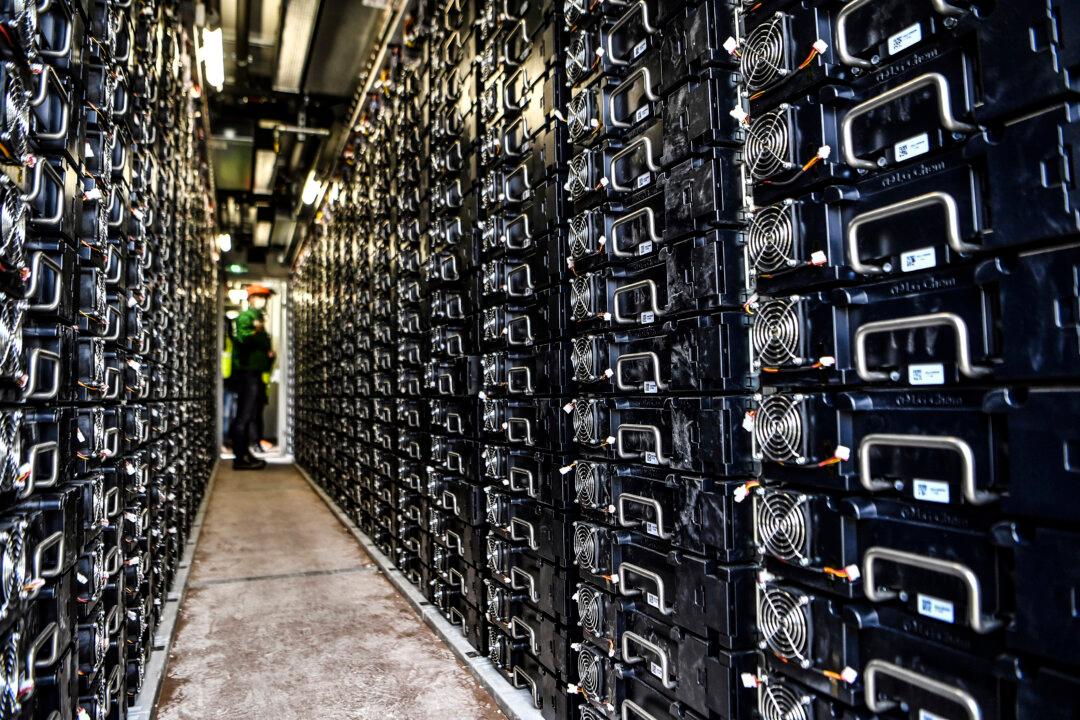Commentary
As a source of energy information for many global and U.S. policymakers, International Energy Agency (IEA) reports speak with great authority. In its report released in April, “Batteries and Secure Energy Transitions,” the agency charts out a path for massive growth in battery energy storage consistent with the goal of “Net Zero” by 2050.


